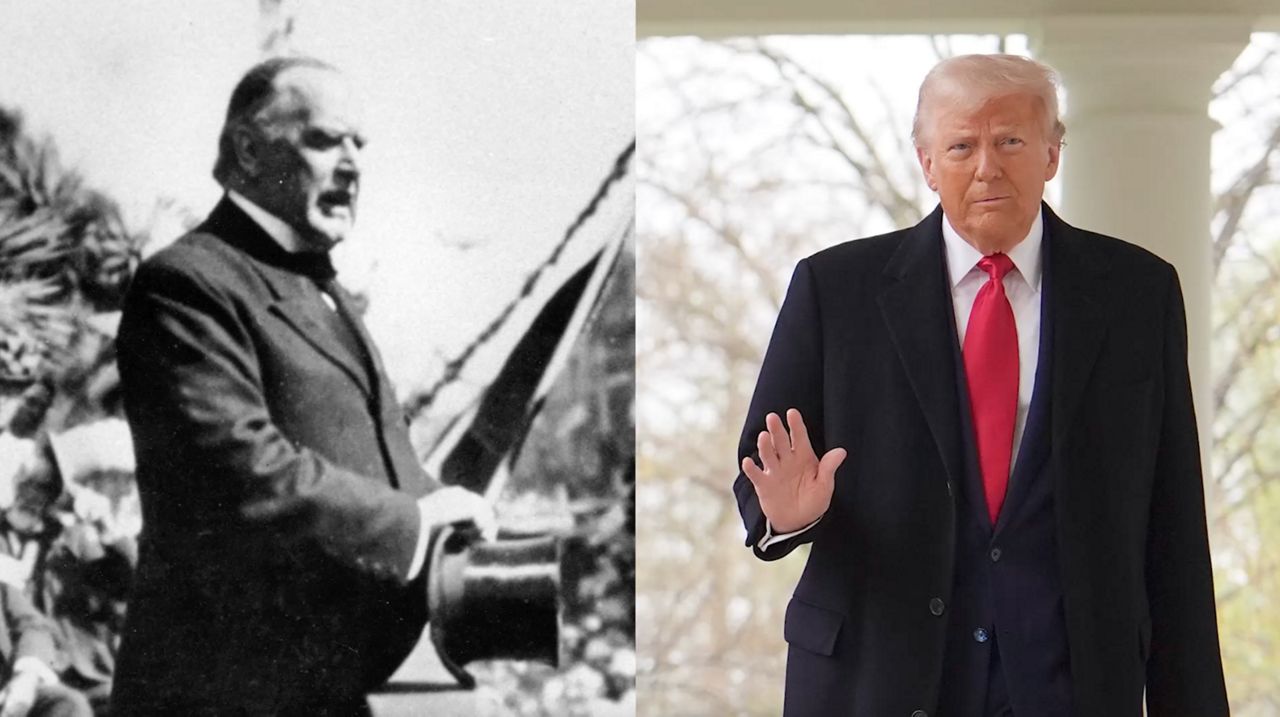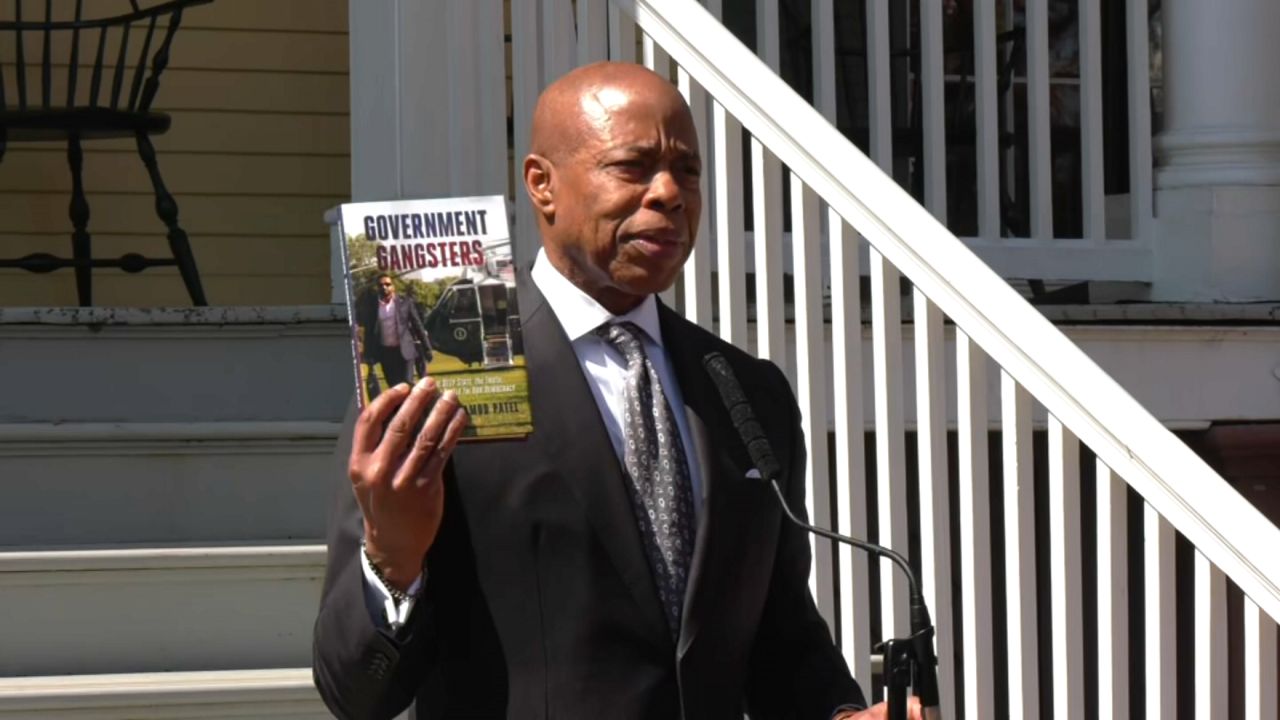The rigorous testing and stringent requirements necessary to be a lifeguard in the city are being loosened. It's part of an effort to help the city get more lifeguards who can protect pools and beaches.
What You Need To Know
- The city secured the first major changes to lifeguard requirements in 40 years
- The city has about 230 lifeguards
- More than 300 lifeguards are in training
“Outdated rules that got in the way of getting our swimmers back and enjoying our beaches,” Adams said of the previous lifeguard requirements.
The changes come out of negotiations before an arbitrator between the city and the union representing lifeguards, District Council 37.
One change is the 300-yard swim test will no longer be timed for lifeguards patrolling kiddie pools and other shallow pools.
Adams said timing that test “just didn’t make sense for these small kiddie pools. It doesn’t mean a person is not a great swimmer.”
Another change taking effect next year: smaller pools can be staffed by lifeguards who wear contact lenses or glasses. Higher vision standards for large pools and beaches will remain in place.
There was no union official at the mayor’s announcement, and a request for comment to DC37 was not returned.
The shortage of lifeguards has meant swimmers being shut out of pools or risking their lives in the ocean at unmanned sections of beaches.
There are about 230 life guards in the city currently, along with 560 new recruits, more than 300 of which are in training.
“We have new recruits that are in training. We also have returning lifeguards who will be coming back to help us man our pools and our beaches,” Parks Commissioner Sue Donoghue said. “That process goes on until, really, up until the peak of our season, which is July 4. In terms of training and recertification, that process is ongoing. We’re adding to our ranks every day.”









